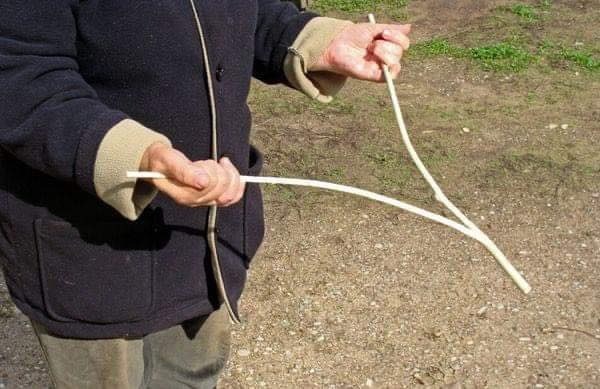In this fast-paced world driven by technology, it’s easy to feel disconnected from the past. However, there’s a fascinating trend capturing the online community’s attention: the identification of “strange” and “unusual” objects from our ancestors’ time. These relics, often found tucked away in attics and basements, serve as tangible reminders of a time long gone.
One such object that recently caught our eye is a seemingly ordinary tree branch with a Y shape. At first glance, it may not seem remarkable, but this object has a rich history dating back to the 1500s. Known by various names like “Water Dowsing,” “diviner,” “doodlebug,” “well witch,” or “water-finder,” its purpose was quite intriguing – to locate water!
To use this mysterious tool, one would hold both ends of the Y-shaped stick in each hand, palms facing upward. The bottom point, where the two branches meet, is tilted at a 45-degree angle towards the ground. As the person walks back and forth, they would supposedly sense vibrations at the tip of the Y, indicating the presence of water underground.
Originally, dowsing with metal rods was a technique employed to locate metals in the ground. Over time, people adapted this method to find water sources, particularly for new rural homeowners. The practice of water dowsing evolved, showcasing the adaptability and ingenuity of our ancestors.
Curious to learn more about dowsing? Watch this enlightening video:
